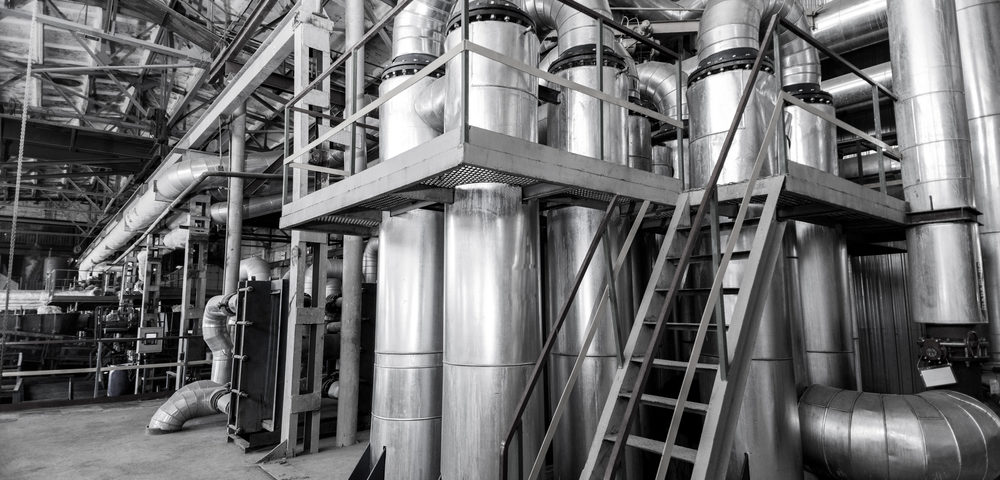In Part 2 of this blog series we discussed crystallation and drying as it relates to the production of sugar from sugar cane. In this blog, we discuss refining and related sugar processing equipment.
Refining Overview
Raw cane sugar undergoes several stages in a refining process to produce a range of high quality white and brown sugars for the retail, commercial, and industrial markets. Product specifications determine the residence time spent in each stage of the refining process.
Sugar refineries encompass the following processes, including:
• Affination – Affination involves the mixing of raw sugar with warm syrup to remove the molasses coating from the sugar crystals. The crystals are then separated from the syrup in a basket centrifuge and sprayed with water to remove any residual coating.
• Melting – Affinated sugar is fed into a melter where it is dissolved in hot water at 65 degrees Centigrade. This produces a liquor, typically containing 65 percent dissolved solids.
• Clarification – The melt liquor is purified by either phosphatation or carbonatation. Phosphatation involves the use of phosphoric acid and carbon hydroxide to precipitate insoluble calcium phosphates from solution. The carbonatation method uses calcium hydroxide with carbon dioxide to form insoluble calcium carbonates. Both processes use color precipitants to remove some of the color.
The precipitates attract impurities such as gums and waxes in the liquor. Phosphatated liquor normally uses air flotation to remove precipitate flocs, while carbonatated liquor is clarified in a pressure leaf filter using diatomaceous earth.
• Decolorization – Clarified liquor is further decolorized in a series of columns. Decolorization is done by either activated carbon adsorbents or an ion-exchange process using acrylic or styrenic resins.
• Crystallization – The decolorized and clarified liquor is boiled in vacuum pans. This is conducted in several stages, called strikes, to separate all the crystallized sugar from the molasses. The first few strikes are blended to form commercial white sugar, while later strikes produce crystallized sugar for other uses.
Brown sugars in various forms are crystallized from brown or yellow syrups that may have caramel added to darken the color. They can also be produced by coating white sugar crystals with brown syrup.
